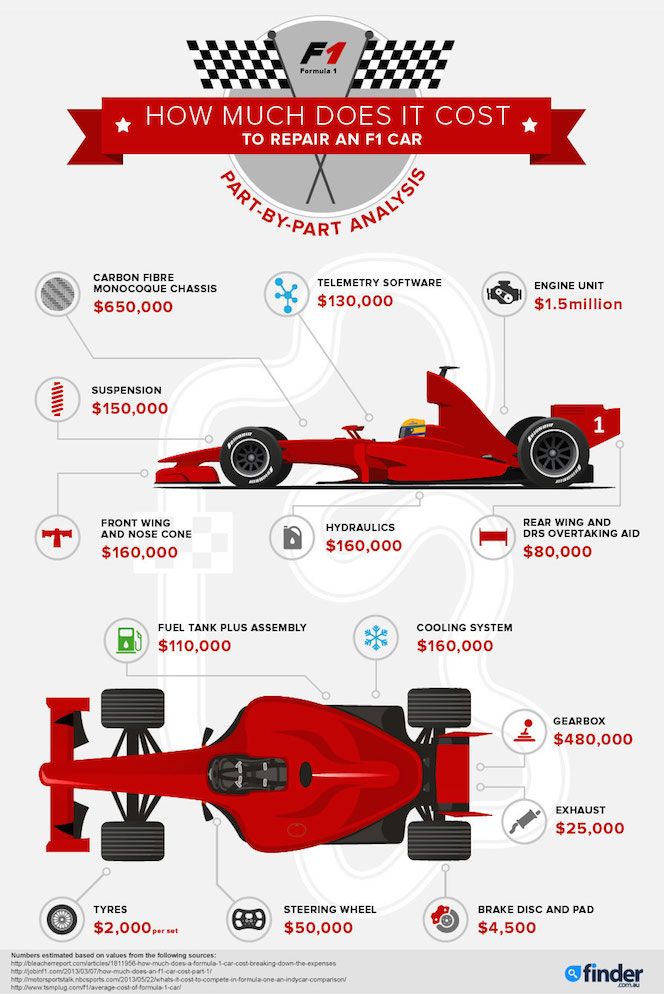ATVs (All Terrain Vehicles) and UTVs (Utility Terrain Vehicles) offer a ton of fun and easy mobility. Whether you’re cruising through backwoods trails or the open desert, there’s a sense of freedom and excitement that comes when driving these off-road vehicles. You might be planning an excursion to another state or across the country but don’t know exactly how to ship your four-wheeler. Caravan Auto Transport breaks down the cost of shipping an ATV, as well as how shipping one works.
Mule, side-by-side, UTV, ATV… whatever your flavor of recreational vehicle, it’s always a blast riding one of these in the open air. There are so many amazing off-roading spots to explore in the United States, from Utah’s Moab to Ocala National Forest in Florida to California’s Imperial Sand Dunes. But what if you can’t transport it yourself?
Shipping your ATV is akin to transporting a car. It requires ample time, effort, and skill to get it safely & securely from point A to B. Now, if you’re on this page, it’s safe to assume you either are weighing the decision between hauling it yourself versus a professional service, or you’re ready to have it transported but don’t know the logistics involved with doing so.
Of course, you need to know how much it will be. Generally speaking, delivery of a four-wheeler costs approximately $100 to $300 for shorter distances and $300 to $500 for longer distances. These are averages, however, so keep in mind that the price can vary, especially when it comes to location, distance, and shipping date. Since these vehicles are smaller and lighter than standard passenger cars, you get to save quite a bit in comparison.
As with standard vehicles, it can be cheaper to transport during off-peak months. Summer (as well as parts of springtime) is a high volume season, and so there is less availability, which translates to higher rates. If you’re not on a super tight schedule, or you can coordinate your ATV delivery with a house move, you can enjoy savings by booking during winter and fall.
Google “shipping an ATV,” and you’ll be inundated with an endless list of potential carriers. How are you supposed to find a reliable company? You could ask for advice from a friend, family member, or co-worker, or you could take the risk of choosing one in the dark. Caravan takes all the confusion out of the process. We provide free estimates from top auto transport companies with ease. All you have to do is request, compare, and book. It’s that easy!
Looking for some inspiration for your next trail trip? Here are some of the best locations around for an unforgettable adventure on your ride of choice!
Featuring thousands of miles of unpaved paths in and around the area, Moab is a recreational rider’s dream. The red rock features alone are worth the trip. From stunning views to challenging trails, this is definitely a bucket list destination.
Moab, UtahAs one of the most well-known systems in the nation, it offers more than 600 miles of nicely manicured trails all year long. Whether it’s raining, snowing, or sunny, “Trails Heaven” lives up to its nickname.
Whether it’s raining, snowing, or sunny, “Trails Heaven” lives up to its nickname.
Situated in Southern California, Imperial Sand Dunes (aka Glamis) offers the ultimate in sand dune adventures. This is the biggest system of open dunes in the country, covering more than 20,000 acres and towering as high as 300 feet.
Imperial Sand Dunes, CaliforniaThe Northern portion of Tennessee is coveted for its natural beauty, offering the idyllic setting for off-road fun. Take in the views of mountains and lakes as you traverse 300 miles of gorgeous trails.
Tennessee mountains.Yes, the whole state of Maine. It’s an off-roader’s paradise up here. Offering over 6,000 miles of trails, the state offers every level of difficulty that you can think of. If you’re serious about four-wheelers, head on over to The Pine Tree State.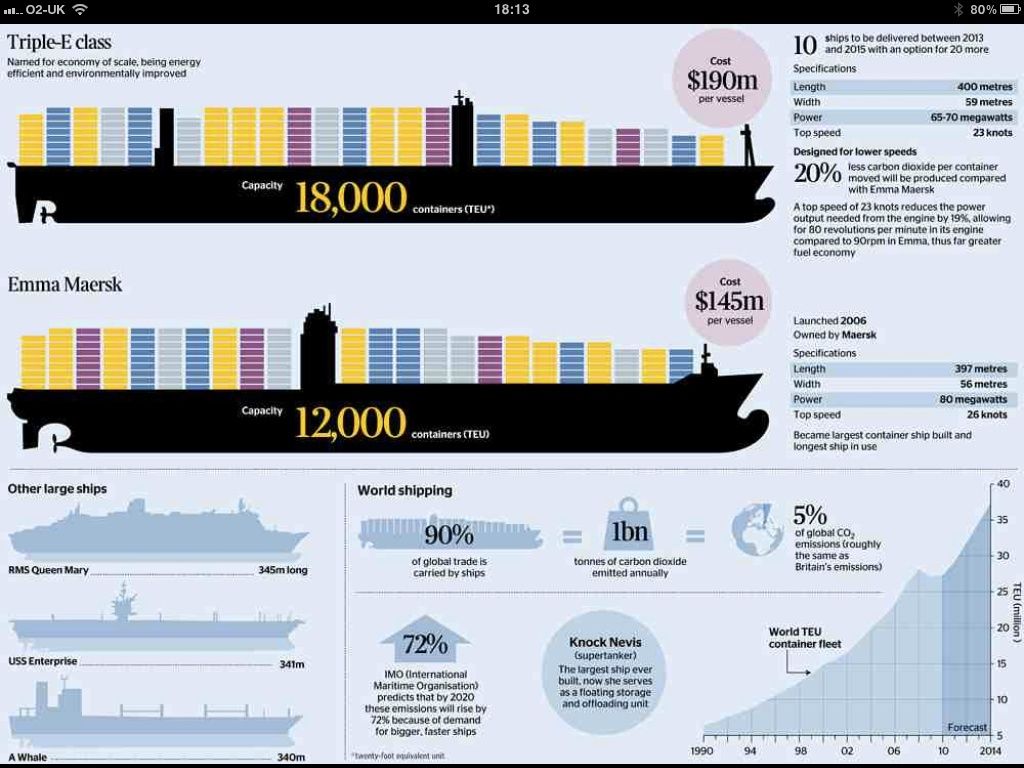
Home to the longest expanse of coastal dunes, this recreational area offers thrills and breathtaking views. Dunes are as high as 500 feet along the 40-mile stretch, so be prepared to be in awe.
Dunes along Oregon’s coast.Found just north of Orlando, Ocala National Forest offers 200 miles of prime ATV trails (as well as 80 miles for larger recreational vehicles). There’s also a ton of natural points of interest, so you can make it a camping trip as well.
Silver Glen Springs Recreation AreaOkay, so now that you understand the cost of shipping an ATV or UTV, let’s check out how the actual process works.
First, there are three main ways that transporters ship ATVs, UTVs, and the like.

A huge factor in shipping (and cost) is weight. Keep in mind that not only the weight of your ATV affects the rate, but also the weight of a pallet or crate. You’ll want to know exactly how your shipper of choice plans to haul it.
To ensure delivery free of drama, it pays to prep your recreational vehicle. Here are the steps to do so prior to loading it for its new destination.
You might be thinking, well, it’s going to get dirty anyway. But it helps to know the condition of your ATV. Any damage could be hidden, and if you need to file an insurance claim, it helps to know the current condition (more on that below).
Insurance does not cover the damage or loss of personal items stowed in your vehicle. If you have anything of personal or material value in the ATV, it’s recommended to take it all out before shipping.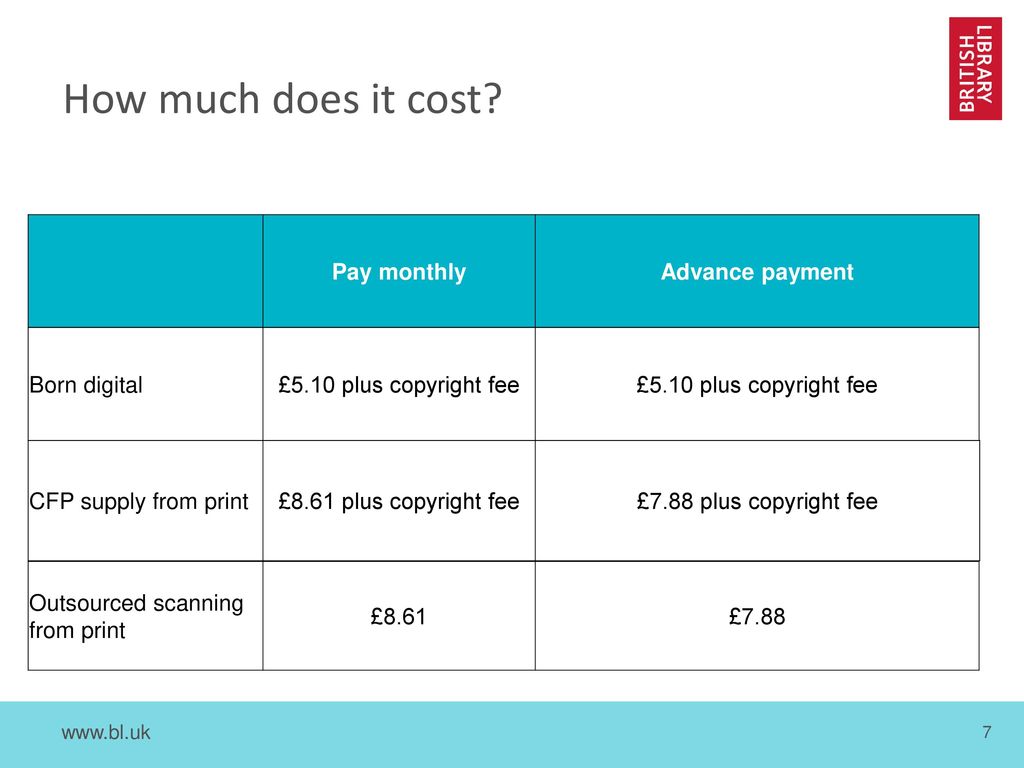
Once you’ve washed your ATV or UTV, examine it for any straps, dents or other types of damage. Take ample photos of your vehicle. This will come in handy if there’s an issue down the road.
Along with images, create a written record of the current condition of your ATV. Make sure your carrier makes an official note. This will ensure a headache-free experience in the case of an insurance claim.
Make sure headlights and taillights are functioning properly, as well as the engine and suspension. Check battery, tire pressure, and fluids. Perform any necessary maintenance to ensure proper performance.
Whether you’re heading to a new trail spot or selling your recreational ride, you’ll need to provide proper documentation of ownership or transfer of ownership to the auto transport company.
***
Ready to ship your ATV? Caravan Auto Transport makes it simple! With the help of our extensive network – we only work with fully qualified, licensed, and insured transport carriers – you’ll be on your way to a smooth, hassle-free experience.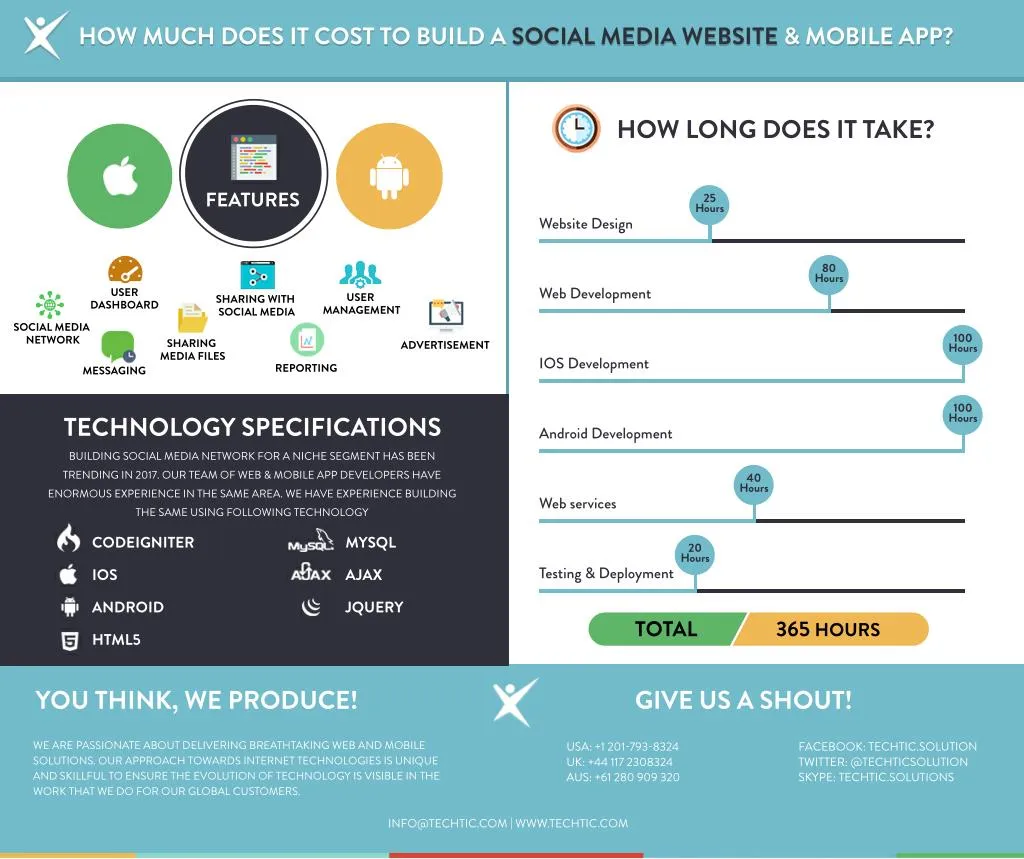 Click here to learn more and request your free transport quote today!
Click here to learn more and request your free transport quote today!
Find out how much it costs to ship your car!
Need to ship an engine? Shippers who are unaware of how to ship engines correctly risk making errors that can affect the price and cause billing adjustments to be applied to the final cost. The most accurate way of finding out how much it would cost to ship an engine is to reach out to one of our friendly customer service personnel for a freight quote. Getting a freight quote is free.
Get a Quote to ship an engine
The cost to ship an engine can vary based on size, weight, distance traveled, and packaging. Generally, most engines can run from $120 to $380. However, pricing can also depend on the shipment type. Shipping via Less-Than Truckload (LTL) effectively consolidates your engine shipment with other shippers’ freight. As a result, you effectively “share the cost” of a full truckload. Because of this, shipping your engine via LTL freight could cost as low as $100+, depending on weight, distance, and other factors. LTL also offers accessorial services. These include expedited shipping, notification, and guaranteed services, among many others. While there are always multiple options, LTL is the best for shipments, such as an engine for all kinds of freight.
Because of this, shipping your engine via LTL freight could cost as low as $100+, depending on weight, distance, and other factors. LTL also offers accessorial services. These include expedited shipping, notification, and guaranteed services, among many others. While there are always multiple options, LTL is the best for shipments, such as an engine for all kinds of freight.
Are there other options available when you want to ship an engine? While there are technically other options, there are reasons why we only recommend LTL. The additional freight services that carriers provide include full truckload shipping. The pros are that they have special equipment needs and tend to be the fastest option. However, you would need to pay for all of the space your shipment doesn’t take up and you may struggle to find a carrier to ship your type of item.
Partial Truckload is the other option. Shipments with this service are essentially a fusion of LTL and full truckload.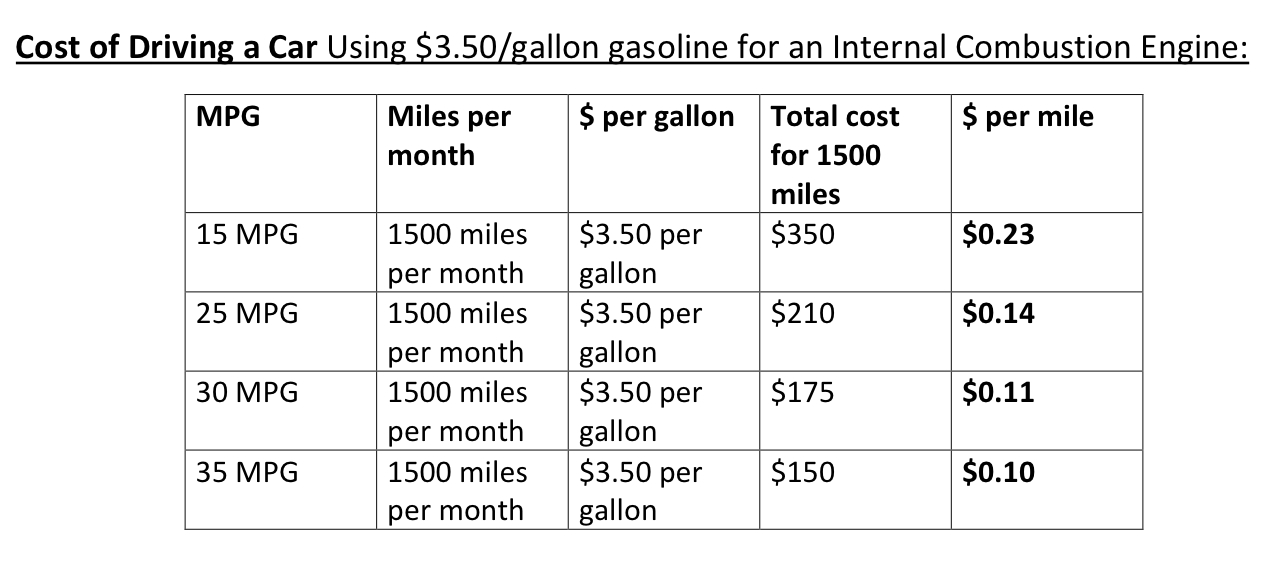 You receive dedicated trucks that move smaller loads simultaneously, but there may be a limited number of trucks available like if you were to ship full truckload. These possibilities are due to carriers moving temperature-controlled or hazardous items that would make your engine shipment unsafe. Carriers such as these are best saved for other item types. For the foreseeable future, LTL carriers remain the top choice for those looking to ship engines.
You receive dedicated trucks that move smaller loads simultaneously, but there may be a limited number of trucks available like if you were to ship full truckload. These possibilities are due to carriers moving temperature-controlled or hazardous items that would make your engine shipment unsafe. Carriers such as these are best saved for other item types. For the foreseeable future, LTL carriers remain the top choice for those looking to ship engines.
Follow these steps to ship an engine:
 Follow the steps below while creating your engine:
Follow the steps below while creating your engine:
 During transit, hazmat labels notify handlers throughout the delivery of the product’s danger level in the container.
During transit, hazmat labels notify handlers throughout the delivery of the product’s danger level in the container.Get a Quote to ship an engine
The (BOL) Bill of Landing is a carrier requirement for shipments. The BOL is paperwork with important information about shipping costs and transportation. Ensure it is 100% accurate before providing it to the carrier so there are no issues that can cause an adjustment to your billing. The cost for your bill is something you always want to remain the same and not need adjustments.
There are many ways to avoid carriers applying additional costs. If you keep your engine on a loading dock or curbside and ensure destination drop-off is one of those, your price shall not rise. Another way is to make sure not to have the pickup or delivery be at a residential or limited access location. When one of those is your starting and end locations, you may use a terminal as an alternative for pickup and drop-off. FreightCenter is very happy to assist with these. We ask that you always do your best to pay attention to all your shipment details to avoid billing adjustments.
Another way is to make sure not to have the pickup or delivery be at a residential or limited access location. When one of those is your starting and end locations, you may use a terminal as an alternative for pickup and drop-off. FreightCenter is very happy to assist with these. We ask that you always do your best to pay attention to all your shipment details to avoid billing adjustments.
FreightCenter has shipped thousands of engines over the past 20 years. Our team of experienced freight agents can help you navigate the specifics of your engine shipment and help you ensure you cover all necessary steps. Start today by using our free freight quote tool. This allows shippers to find the best rate by analyzing all available freight carriers, LTL carriers, and shipping routes. What would be needed are the postal codes of both the pickup and drop locations. In addition, the facility types of each site, along with the dimensions of your shipment. You shall be able to compare LTL rates and get the best one possible for your shipment. FreightCenter is happy to assist in breaking down/reaching all of your shipment options. If you need assistance with shipping your freight, call us at 800.716.7608.
You shall be able to compare LTL rates and get the best one possible for your shipment. FreightCenter is happy to assist in breaking down/reaching all of your shipment options. If you need assistance with shipping your freight, call us at 800.716.7608.
Your privacy is important to us. For this reason, we have developed a Privacy Policy that describes how we use and store your information. Please read our privacy policy and let us know if you have any questions.
Collection and use of personal information
Personal information refers to data that can be used to identify or contact a specific person.
You may be asked to provide your personal information at any time when you contact us.
The following are some examples of the types of personal information we may collect and how we may use such information.
What personal information we collect:
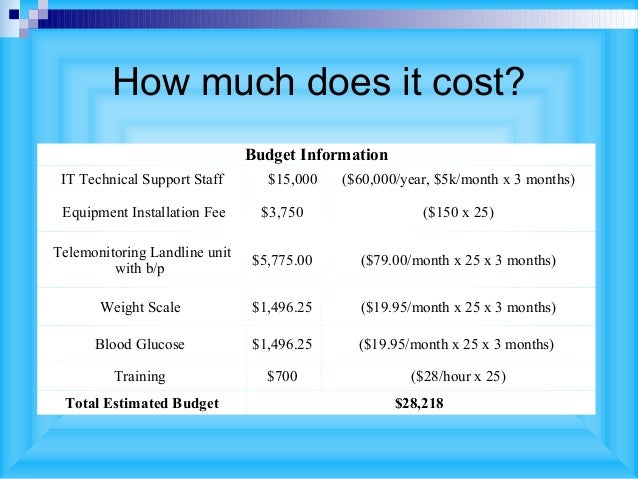
How we use your personal information:
Disclosure of information to third parties
We do not disclose information received from you to third parties.
Exceptions:
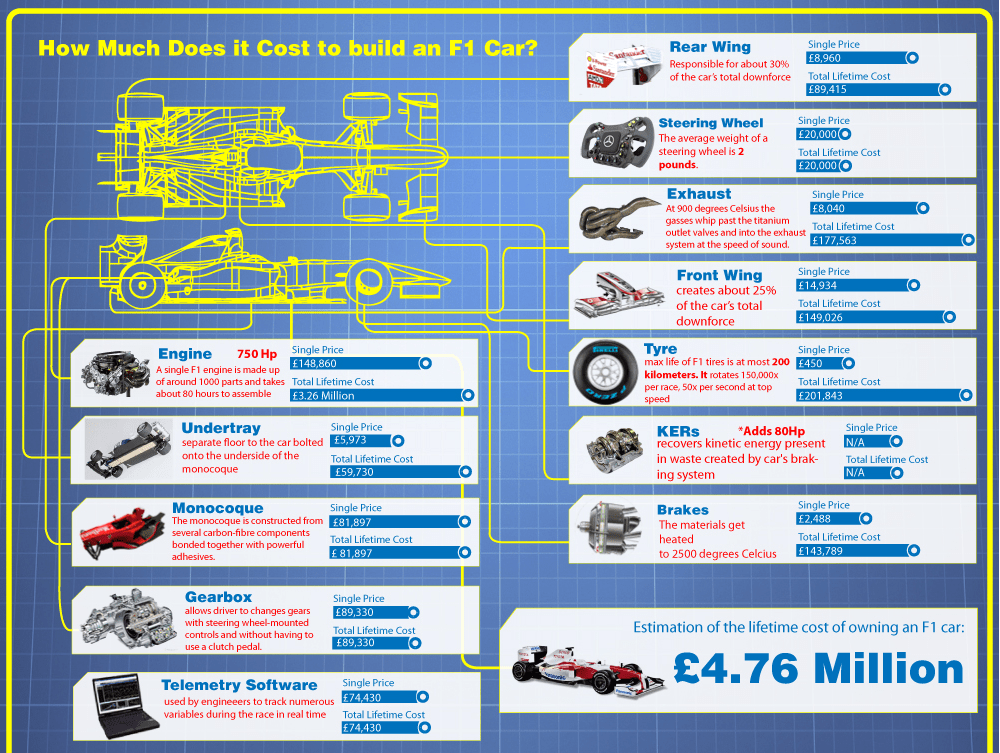 We may also disclose information about you if we determine that such disclosure is necessary or appropriate for security, law enforcement, or other public interest reasons.
We may also disclose information about you if we determine that such disclosure is necessary or appropriate for security, law enforcement, or other public interest reasons. Protect personal information
We take precautions—including administrative, technical, and physical—to protect your personal information from loss, theft, and misuse, as well as from unauthorized access , disclosure, modification and destruction.
Company level privacy practices
To ensure that your personal information is secure, we communicate privacy and security practices to our employees and strictly enforce privacy practices.
By leaving a request on the website motofurgon.rf and motofurgon.ru with your name and phone number
, you consent to the processing of your personal data in accordance with the policy described above.
You can contact us if you have any questions by calling the toll-free number 8 800 222 911 2
Photo pravdapfo.ru
Surely every owner of an ATV every now and then has the idea to fill - purely for economic reasons - ordinary automobile oil into the ATV crankcase. Well, what, after all, in principle, the all-terrain vehicle engine is not much different from the “fiery heart” of the car. However, experienced quad mechanics know how destructive a purely automotive lubricant is to an ATV motor.
Dmitry Zlenko
There is a common belief that all oils are poured from one barrel, and therefore it does not matter what kind of lubricant to use: cheap automotive or special and expensive for ATV. In reality, oils for car engines are very different from oils for quadrics.
To begin with, ATV engines always operate in very difficult conditions. Elevated temperature conditions (due to a radiator clogged with dirt) and prolonged loads lead to the fact that ordinary automotive oil poured into an ATV engine quickly loses viscosity, becoming more liquid, and therefore does not provide the necessary pressure in the system. Which promises a quick death to the motor.
Which promises a quick death to the motor.
The second feature of the ATV engine is high RPM. For example, for a car, a range of 2500-3500 rpm is considered the average norm. But the ATV is just starting to take off when these thresholds are reached. The average operating mode is in the range of 6000-7500 rpm.
And ordinary car oil is not able to work for a long time in such conditions: it not only loses its lubricating properties, but begins to burn out, leaving carbon deposits on the insides of the engine and forming sludge (thick deposits) that clogs the oil channels of the internal combustion engine. Then there is a chain reaction: piston rings lie down, the engine begins to “eat” oil with terrible force, and ultimately the piston stands up in a dry cylinder with a stake.
Photo avtovzglyad.ru
Photo avtovzglyad.ru
But that's not all. Most modern ATV engines have a so-called oil-bath clutch (also called a “wet clutch”). Ordinary automotive oil is a killer fluid for clutch friction linings. For the normal operation of the engine with a “wet clutch”, the oil requires a whole range of additives, thanks to which the clutch does not slip and its friction clutches are not destroyed.
Ordinary automotive oil is a killer fluid for clutch friction linings. For the normal operation of the engine with a “wet clutch”, the oil requires a whole range of additives, thanks to which the clutch does not slip and its friction clutches are not destroyed.
These additives are only found in motorcycle and ATV engine oils. For example, Liqui Moly ATV 4T Motoroil Offroad 10W-40 synthetic engine oil was specially created for heavily loaded off-road motorcycles. That is, it can be poured both into the engines of side-by-side ATVs (all-terrain vehicles with an automotive layout of controls), and into the engines of cross-country motorcycles, pit bikes and enduros.
This grease is universal, and thanks to a complex of special additives, it is suitable for engines with wet and dry clutches, air and water cooling, and even for engines that have a wet type CVT. The viscosity characteristics of the product ensure stable operation of the lubrication system motor in any season. In addition, Liqui Moly ATV 4T Motoroil Offroad 10W-40 has excellent resistance to high temperatures, water and dust.
In addition, Liqui Moly ATV 4T Motoroil Offroad 10W-40 has excellent resistance to high temperatures, water and dust.
At the same time, before buying even a specialized ATV oil, be sure to study the equipment manufacturer's recommendations for tolerances for temperature, viscosity and other characteristics. After all, in 70 percent of cases, the engines of the apparatus for "mud-mixing" have one more nuance in the form of a gearbox combined with the crankcase. That is, with such a design, the gearbox is lubricated not with gear oil, but with the same oil as the crank mechanism.
Photo avtovzglyad.ru
Photo avtovzglyad.ru
In addition, there are no generators in ATV power units. The current for charging the battery and feeding the on-board systems is generated by a magneto, which in most cases is not “dry”, but “wet”, that is, it is located inside the engine and is washed by engine oil from all sides. It is no secret that the magneto winding is covered with a thin layer of varnish, which is washed out by interacting with ordinary automotive oil.
It is no secret that the magneto winding is covered with a thin layer of varnish, which is washed out by interacting with ordinary automotive oil.
Thus, the operation of the quadric on car oil will inevitably lead to the fact that the magneto closes over time and it stops producing a charge. Replacing this node, depending on the model and brand of the ATV, can easily cost a pretty penny. If you use a special oil for ATVs, then there will be no problems with washing out the varnish from the magneto winding, since such a lubricant contains a special additive that is so necessary to protect the varnish.
By the way, in the German Liqui Moly product line there is a motor lubricant suitable even for exclusive motors for which 10W-40 viscosity oil is not on the manufacturer's recommendations list. For highly forced and turbocharged ATVs, oil with the maximum degree of protection is usually used. Yes, it costs more than the average ATV lubricant, but it guarantees the smooth operation of the most modern engines.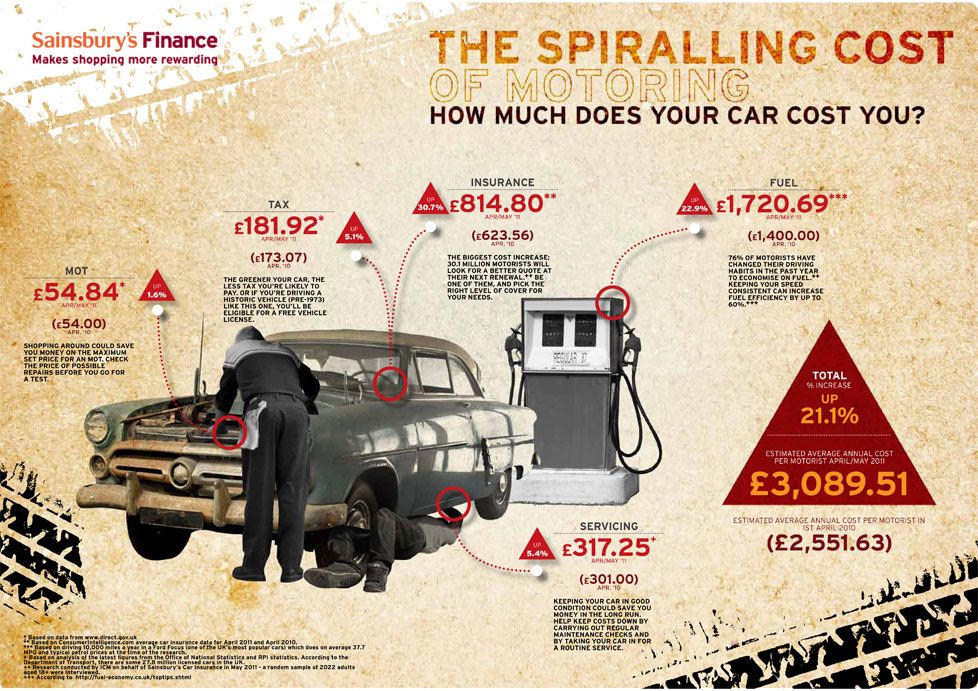 Synthetic engine oil for 4-stroke engines Liqui Moly ATV 4T Motoroil 5W-50 is the "top".
Synthetic engine oil for 4-stroke engines Liqui Moly ATV 4T Motoroil 5W-50 is the "top".
Photo avtovzglyad.ru
Photo avtovzglyad.ru
After all, the complex of antiwear additives and the base base ensure the correct and trouble-free operation of the ATV or UTV engine at the widest possible loads and temperatures, providing maximum any, even extreme, operating conditions.
The use of such a lubricant makes it possible to ensure high reliability of ATV units and ease of starting the engine even at very negative temperatures. It, meanwhile, easily mixes up with all standard oils. Detergent additives keep the engine perfectly clean, cleaning not only the oil channels, but also the walls of the motor.
It is strictly contraindicated to pour automobile oil into the motor of an ATV, because this leads to the complete and inevitable death of the power unit of the all-terrain vehicle. Yes, special oils for ATVs are more expensive than oils for cars, but when the engine of your favorite toy is “poisoned” by a “medicine” that is contraindicated for it and goes to another world, you will understand that the miser always pays twice.